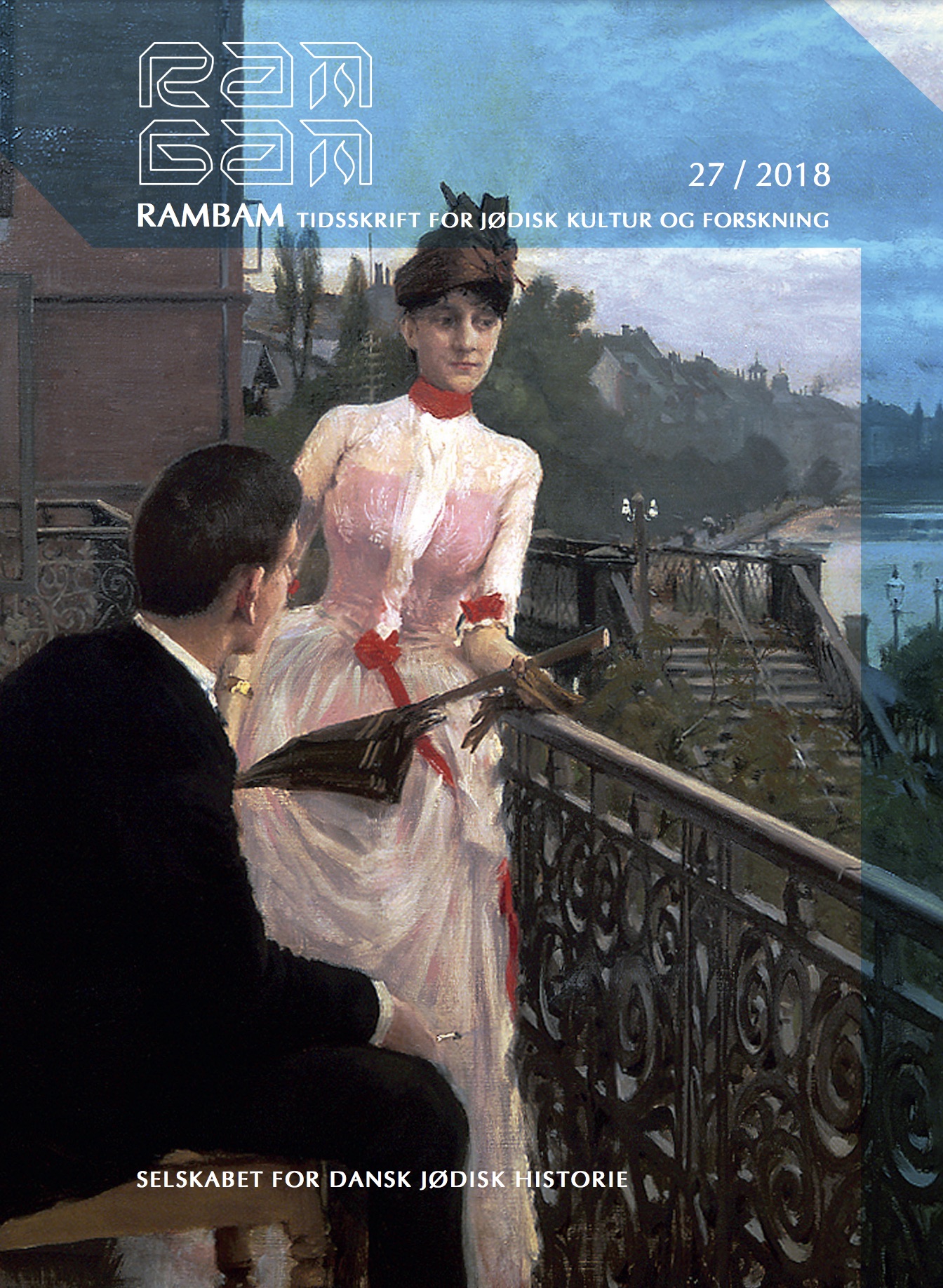Jøderne i Slagelse - hvorfra kom de, og hvor drog de hen
Resumé
Slagelse is a town on Zealand on the route between Hamburg/Altona and Copenhagen, so many Jews have travelled through Slagelse on their way to Copenhagen. Among those is the Jewish business woman Gluckel von Hameln, who around 1699 attended her son Joseph’s wedding in Copenhagen. The first Jew to settle in Slagelse was Mendel Simon, who got his trade license in 1740. But already three years later he left for Copenhagen. The more permanent settling of Jews started in 1780, and Jews remained in Slagelse till 1965. In the years between 1780 and 1801 only a few families settled in Slagelse, but between 1801 and 1814 the immigration sped up. In 1814 there were 12 couples, in 1819 15 couples, most of them with children, and they constituted the Jewish community. In total there were 26 in 1801, 64 in 1814 rising to the peak in 1834 and in 1840 to 99. From 1850 the numbers went down, mainly due to emigration but also to assimilation. All in all 308 Jews have set foot in Slagelse. Only 19 lived their entire lives there. Among the early emigrants were two brothers and their two sisters, with the family name David, who came from the small town of Maineck in Bavaria. One of the sisters were married to an uncle of the well-known Danish writer Meir Aron Goldschmidt, who has written a novel about this uncle, Memoirs from my uncle’s house. Also another woman came to Slagelse from this small town. And yet another woman came to Slagelse from Burgkunstadt, also in Bavaria not far from Maineck. Among the early settlers were Jacob Berendt Gumpert and Serine Abraham. One of their sons, Nathan Jacob Gumpert, emigrated to Goteborg, where he became a successful book trader. Among his descendants is the well-known Swedish actor and instructor Erland Josephson. Other emigrants came from less far away, from places like Kassel in Hessen and Konigsberg in East Prussia. But most of them came from other towns on Zealand like Ringsted, Naestved, Korsoer and Roskilde. People from the latter town changed their family name to Rothschild, which is a distortion of Roskilde. The immigration of Jews from the Russian empire to Denmark generally sped up in 1905. One of these Jews, Zalel Epel, settled in Slagelse in 1909, where he founded a company trading old iron. After about 10 years he transferred the company to his brother-in-law, Joseph Litischevsky, and he and his wife were the last Jews to live in Slagelse. They are the grandparents of the former chief rabbi of Copenhagen, Bent Lexner. From about 1850 the Jewish population in Slagelse dwindled. Most of the Jews went to Copenhagen. But one young man, Moses Joseph Rothschild, went to Koege, also a town on Zealand. He fell on the battlefield in 1850 in the war between Denmark and the rebellious troops from Schleswig-Holstein. Another young man, Berendt Meyer Israel, also took part in the war but survived, and he married the widow of Moses Joseph Rothschild, who is commemorated on a plate in the church of Koege. Some elderly Jews left Slagelse and went to Copenhagen to live in a Jewish old-age home there. The community of Copenhagen had the obligation to take care of the poor and elderly Jews. To that purpose several institutions had been erected, some by the community, others through private donations.





